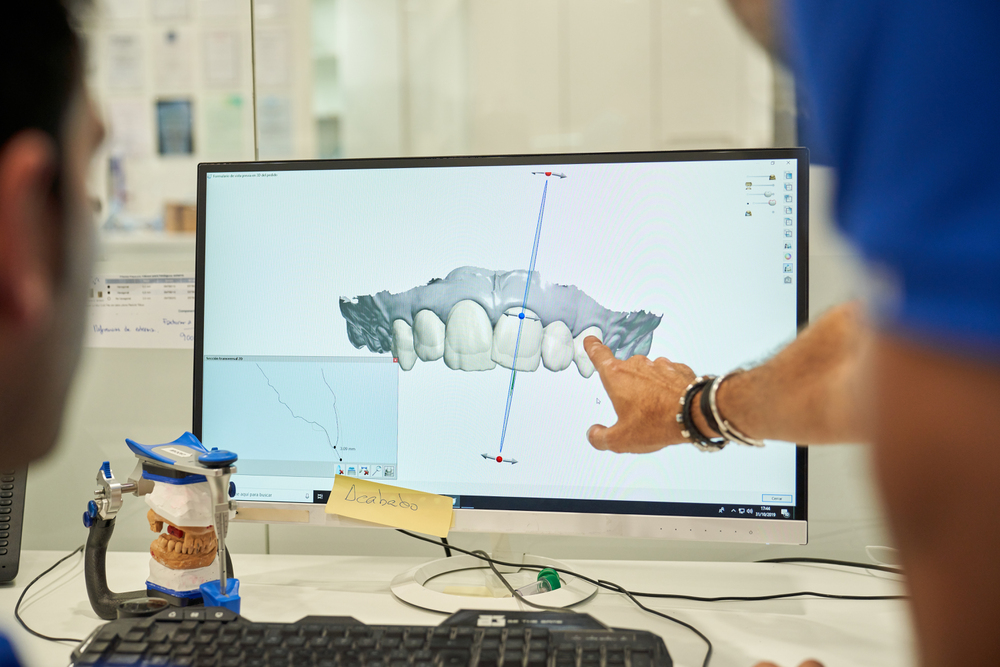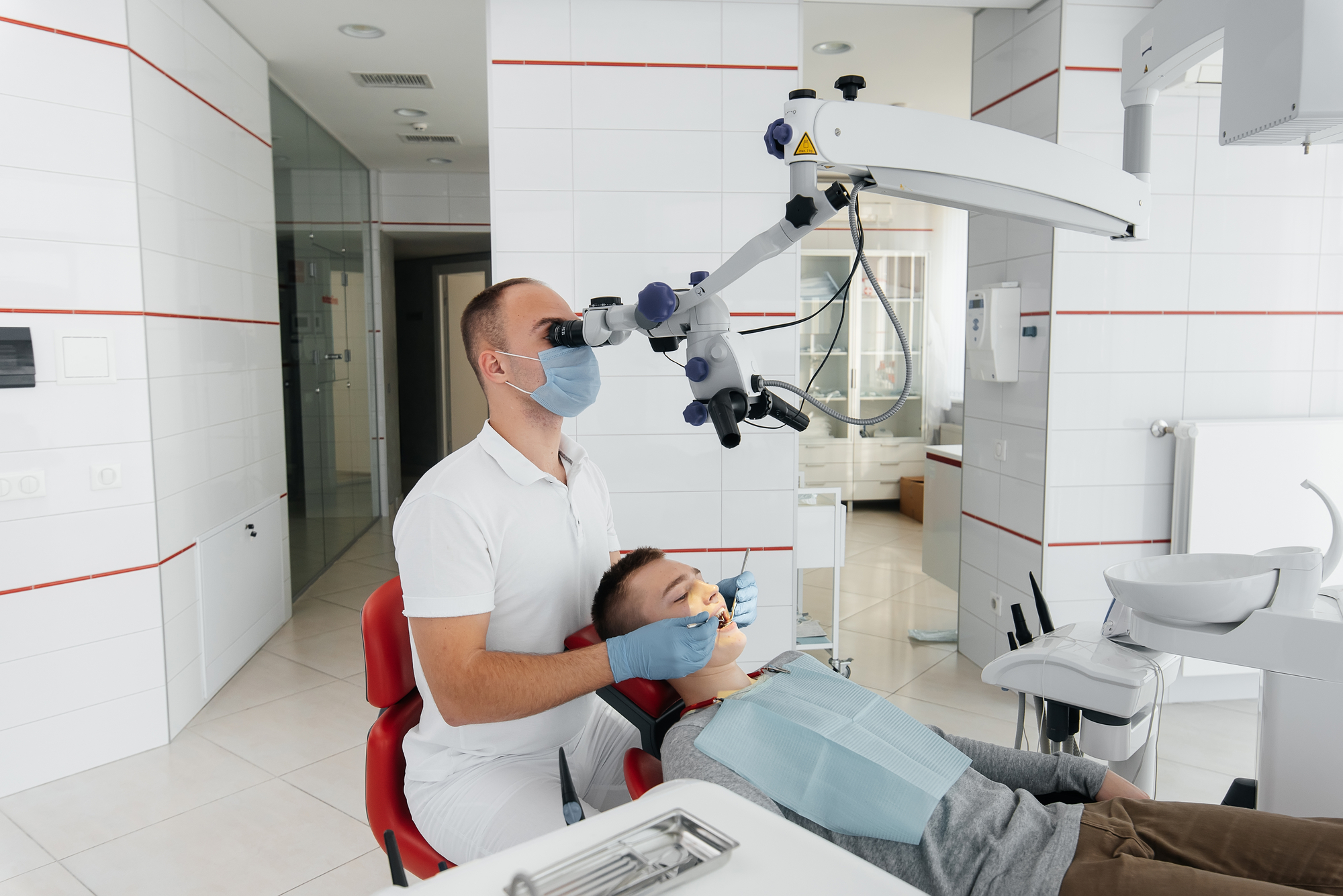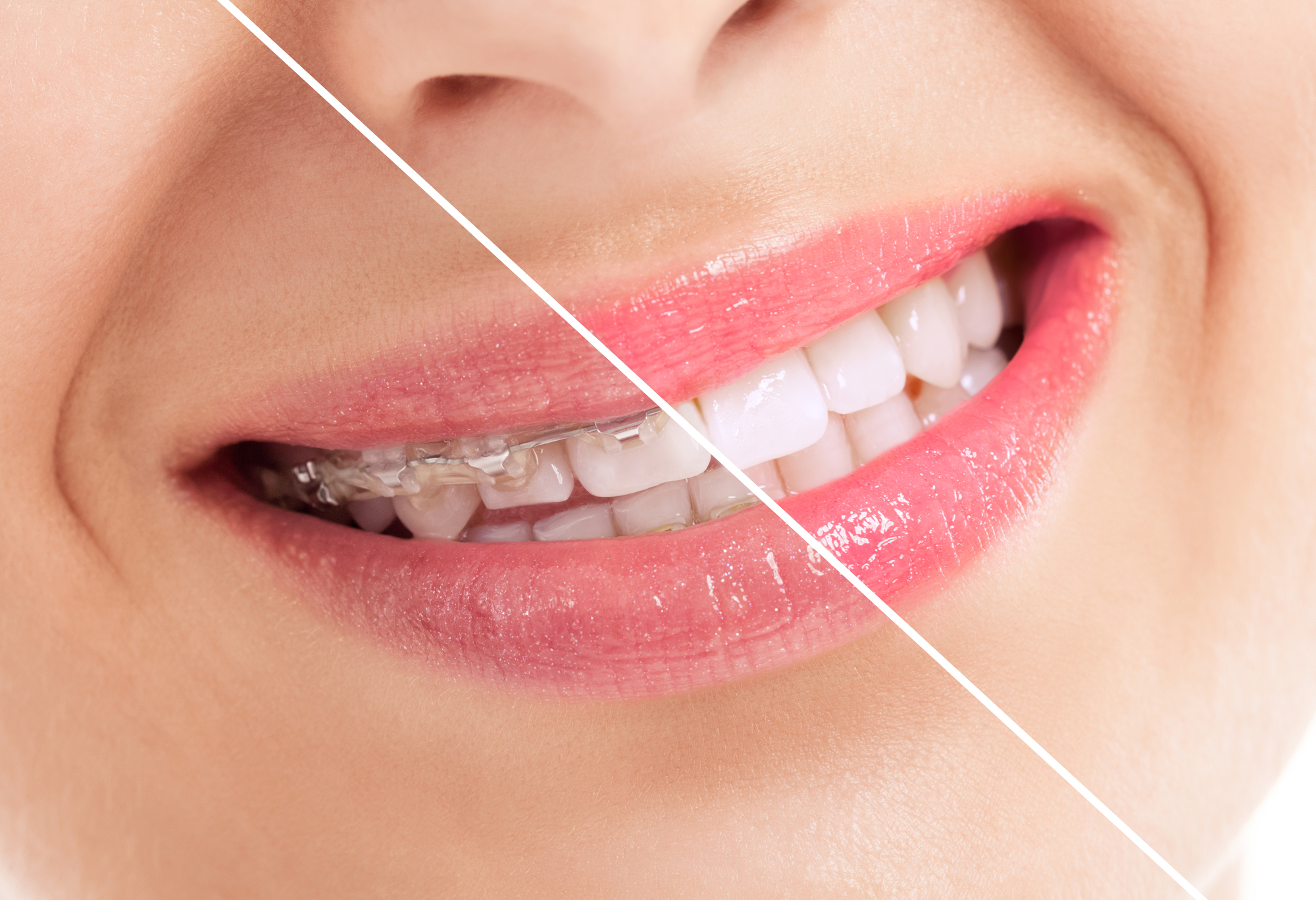In recent years, digital dentistry has emerged as a transformative force in the field of oral health care, revolutionizing the way dental professionals approach tooth restoration. This innovative approach integrates cutting-edge technologies to enhance precision, efficiency, and patient outcomes. From advanced imaging techniques to computer-aided design and manufacturing (CAD/CAM), digital dentistry offers a myriad of dental solutions to help restore your teeth effectively.
The Rise of Digital Dentistry
Traditional methods of tooth restoration often involved cumbersome processes, such as physical impressions and manual fabrication of dental prosthetics. However, with the advent of digital technologies, these practices are rapidly evolving. Digital imaging techniques, such as cone beam computed tomography (CBCT), allow dentists to capture detailed 3D images of the teeth and surrounding structures. These images provide invaluable insights for accurate diagnosis and treatment planning, ensuring a personalized approach to dental care. Modern dentistry offers a range of innovative technologies and treatments, including advanced materials and techniques, to provide effective dental solutions to help restore your teeth and enhance your smile.
CAD/CAM Technology: Precision and Customization
One of the cornerstones of digital dentistry is CAD/CAM technology. CAD (Computer-Aided Design) enables dental professionals to digitally design dental restorations, such as crowns, bridges, and veneers, with meticulous precision. This technology allows for adjustments in real-time, ensuring optimal fit and functionality of the prosthetic. Once the design is finalized, CAM (Computer-Aided Manufacturing) takes over, utilizing automated milling or 3D printing processes to fabricate the restoration from high-quality materials like ceramic or composite resin.
Benefits of Digital Dentistry
The shift towards digital dentistry offers numerous benefits for both patients and practitioners. Firstly, it enhances efficiency by reducing the turnaround time for dental restorations. With CAD/CAM technology, restorations can often be completed in a single dental visit, eliminating the need for multiple appointments and temporary prosthetics. This streamlined approach not only saves time but also enhances patient comfort and convenience.
Moreover, digital dentistry promotes greater accuracy and customization. Digital impressions are more comfortable for patients and offer superior detail compared to traditional methods. Dentists can manipulate these digital models to simulate different treatment scenarios and ensure the optimal outcome before proceeding with the actual restoration. This level of precision minimizes errors and enhances the longevity of dental restorations.
Integration of Artificial Intelligence and Machine Learning
Beyond CAD/CAM, artificial intelligence (AI) and machine learning are increasingly being integrated into digital dentistry practices. AI algorithms can analyze vast amounts of patient data and assist in diagnosing conditions, predicting treatment outcomes, and even designing personalized treatment plans. Machine learning algorithms continue to improve their accuracy and efficiency, providing dentists with valuable insights to optimize patient care.
Digital Dentistry: The Future of Oral Health
Looking ahead, digital dentistry shows immense promise for the future of oral health care. As technology continues to advance, so too will the capabilities of dental professionals to provide more effective and personalized treatments. Innovations in materials science, such as bioactive ceramics and 3D-printed dental implants, are poised to further enhance the durability and biocompatibility of dental restorations.
Digital dentistry represents a paradigm shift in tooth restoration, leveraging technological advancements to deliver superior dental solutions. From enhanced imaging techniques to CAD/CAM technology and AI integration, these innovations are reshaping the landscape of dental care. Stay informed about the latest dental news and updates in digital dentistry to ensure you benefit from the most advanced treatments available, tailored to restore and maintain your dental health effectively.







